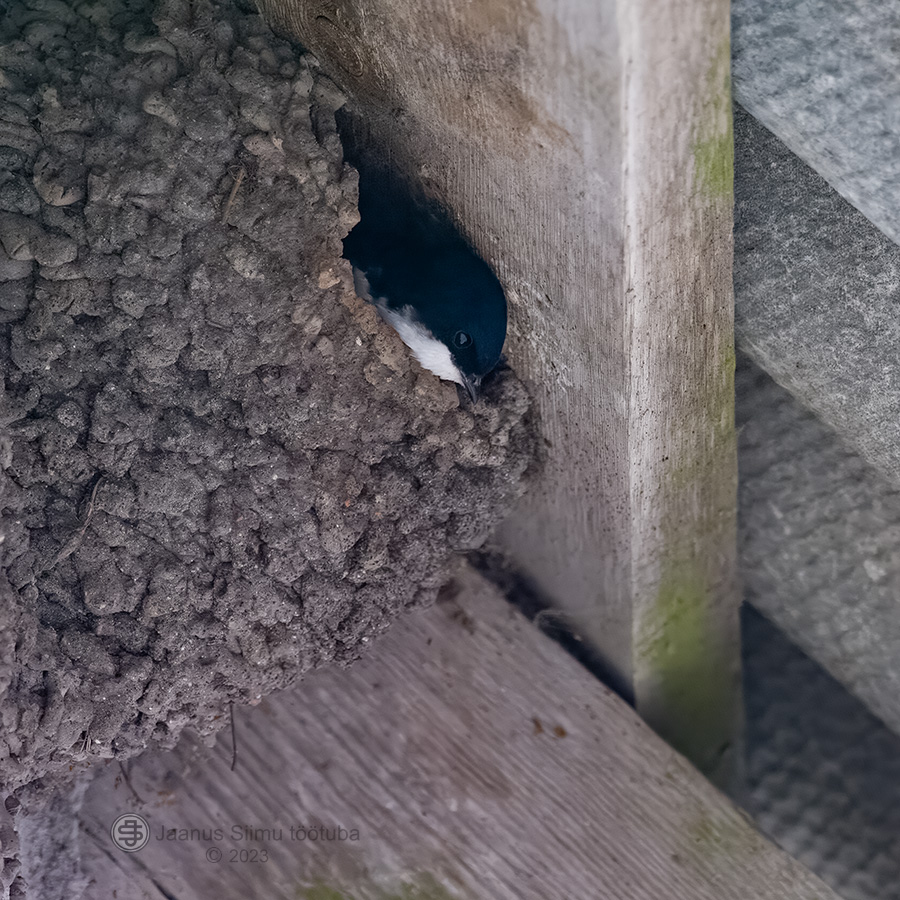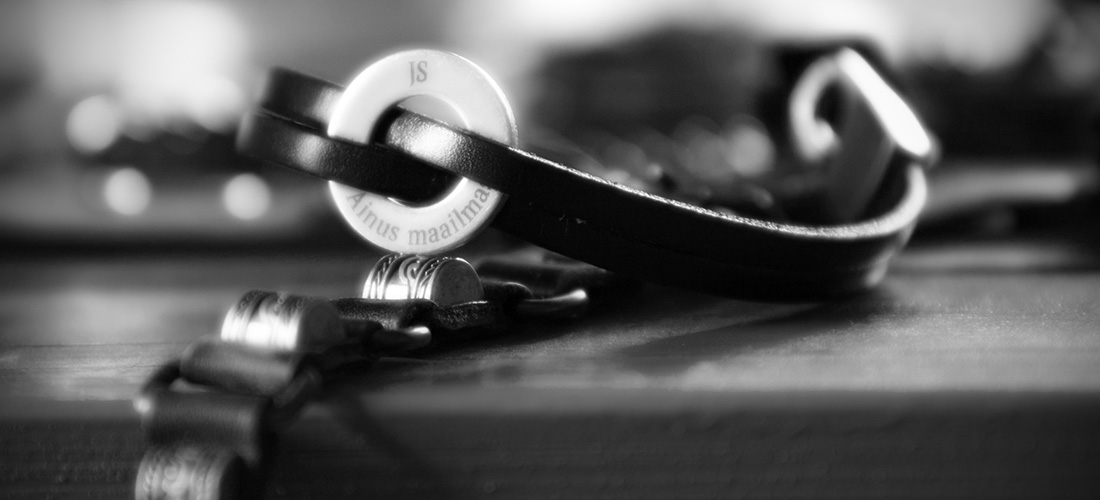
Möödunud suvel väisasime sõber Arnega ühe fotoretke raames lähi Lätimaad. Meie sihiks oli Pedele jõe keskjooks koos sealsete paisjärvedega. Veskijärve tammil seisis vana vesiveski, mille juures käis vilgas elu. Räästapääsukeste koloonia tundis end koduselt tühjalt seisva veski räästa all. Üle veskitammi viis parajalt auklik kruusatee, kus loikudest käisid pääsukesed hankimas ehitusmaterjali pesaehituseks. Tol korral ei olnud me tulnud välja fotojahiks sobiliku varustusega. Kuid asukoht oli soodne ja pildistamise tingimused head. Arne algatusel võtsime järgmise, see on siis käesoleva aasta plaani räästapääsukeste pildistamise tolle vesiveski juures. Nüüd siis ootasime ära pääsukeste naasemise lõunamaalt, jälgisime pingsalt ilmaprognoose erinevatest kanalitest ning panime fotoaktsiooni kuupäeva paika. Kui algselt kartsime vihmast ilma ja tegime varuplaane, siis mida lähemale jõudis väljasõidu päev, süvenes hoopis teadmine, et kaasavõetava varustuse juurde tuleb lisada ämber. Oli ju meie sooviks saada pilte räästapääsukestest, kes porilombi servast korjavad omale pesa tarvis ehitusmaterjali. Vihma ei ole juba ammu sadanud ja seega tuleb omal tassida järvest vett ning luua porilombid pääsukeste jaoks.
Kauaoodatud päeval veskile lähenedes, hakkas tekkima kuri kahtlus, et miski on siin viltu. Parkisime auto asfalteeritud parklasse, mida aasta tagasi seal polnud veel. Murelikult tõttasime ümber veski nurga. Jah, räästapääsukesed olid olemas kuid aukliku kruusatee asemel viis nüüd üle veskitammi asfaltee ja eemalt paistis suur asfalteeritud plats, mis parklaks kujundatud. Paisjärve kaldale oli välja ehitatud puhkeala ja hoolimata jahedast ilmast oli liiklus seal tihe. Kui palju pääsukesed ennast häirida lasevad sellest keskkonna muutusest, ei tea. Pesa ehituseks materjali leidmisega ei teki neil veekogu kaldal kindlasti probleeme. Ainult meie ettevõtmise sihteesmärgi täitmine nurjus. Ja ei saanud me ka teada, kuidas oleksid räästapääsukesed suhtunud meie poolt pakutavatesse porilompidesse nende pesitsuskoha all. Kultuuri kontsentratsioon selles kohas oli aasta jooksul ületanud meile vastuvõetava taseme. Arne tõdes, et mida kauem mingit ettevõtmist planeerid, seda väiksema tõenäosusega see korda läheb.
Ära lükka tänasida toimetusi homse varna!
Last summer, my friend Arne and I went to nearby Latvia as part of a photo trip. Our target was the middle course of the Pedele river with the dammed reservoirs there. There was an old water mill on the dam of Veskijärv, where life was lively. A colony of house martins felt at home under the eaves of an empty mill. A rather bumpy gravel road led over the mill dam, where house martins used to go to the puddles to get construction material for nest building. That time, we had not come out with the right equipment for a photo hunt. But the location was favorable and the shooting conditions were good. On Arne’s initiative, we took the following, this year’s plan is to photograph house martins at that water mill. Now we waited for the house martins to return from the south, closely followed the weather forecasts from different channels and set the date for the photo shoot. While we were initially afraid of rain and made backup plans, as the day of the trip got closer, the knowledge that we had to add a bucket to the equipment we were taking with us deepened. After all, we wanted to get pictures of house martins, which collect building material for their nest from the edge of a mud puddle. It hasn’t rained for a long time, so you have to carry water from the lake yourself and create mud puddles for the swallows.
Approaching the mill on the long-awaited day, an evil suspicion began to arise that something was wrong here. We parked the car in an asphalted parking lot, which was not there a year ago. We anxiously rushed around the corner of the mill. Yes, there were house martins, but instead of a potholed gravel road, there was now an asphalt road leading over the mill dam, and in the distance, a large asphalted square, which was designed as a parking lot, could be seen. A rest area had been built on the shore of dammed reservoir, and despite the cool weather there was heavy traffic there. I don’t know how much the house martins will be bothered by this environmental change. Finding material for the construction of the nest will certainly not be a problem for them on the shore of the water body. Only the fulfillment of the target of our venture failed. And we could not find out how the house martins would have reacted to the mud puddles we had artificially created, which we planned to build near their nesting place. The concentration of culture at this site had exceeded our acceptable level during the year. Arne recognized that the longer you plan an undertaking, the less likely it will be successful.
Don’t put off today’s tasks until tomorrow!
Kui märkate vigu, faktilisi või keelelisi, eesti või inglise keeles, siis palun kirjutage sellest jaanus@suure-jaani.ee If you notice mistakes, factual or linguistic, in Estonian or English, please write about it jaanus@suure-jaani.ee

